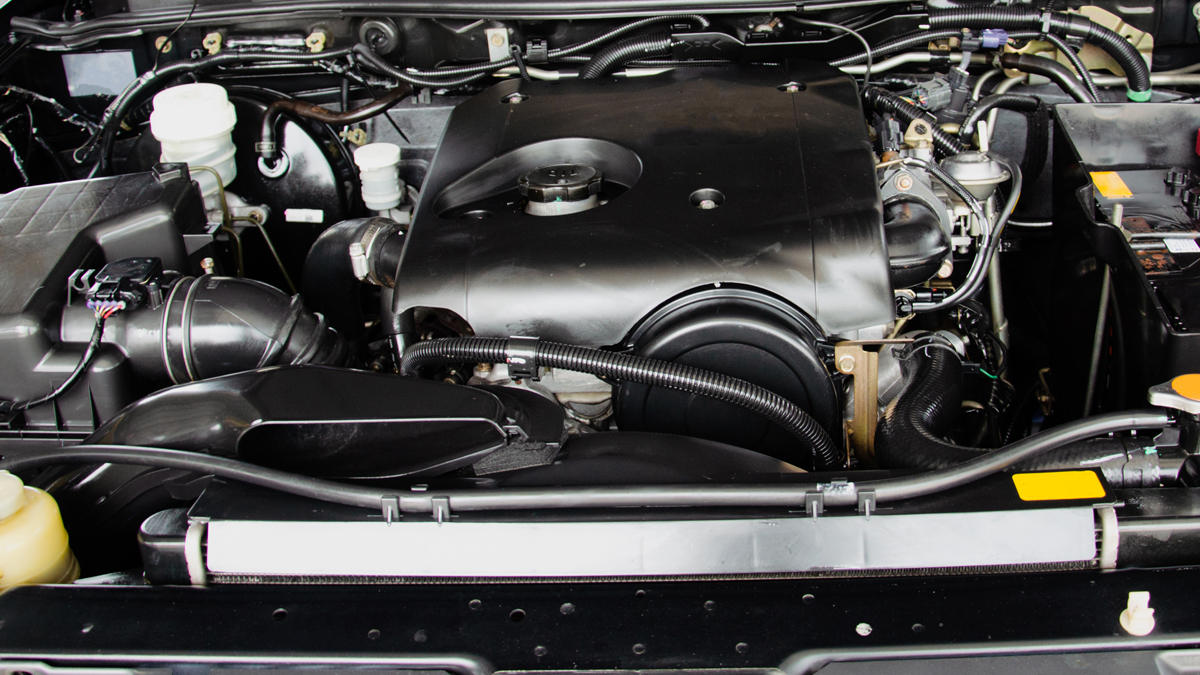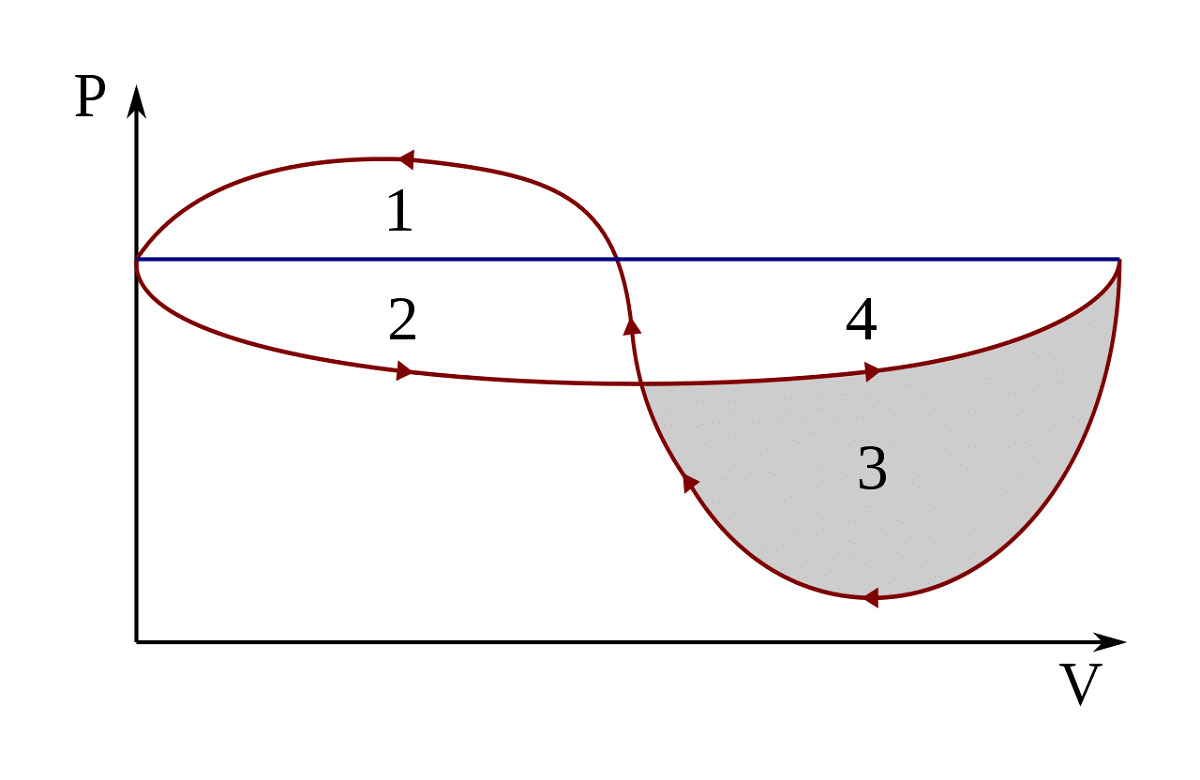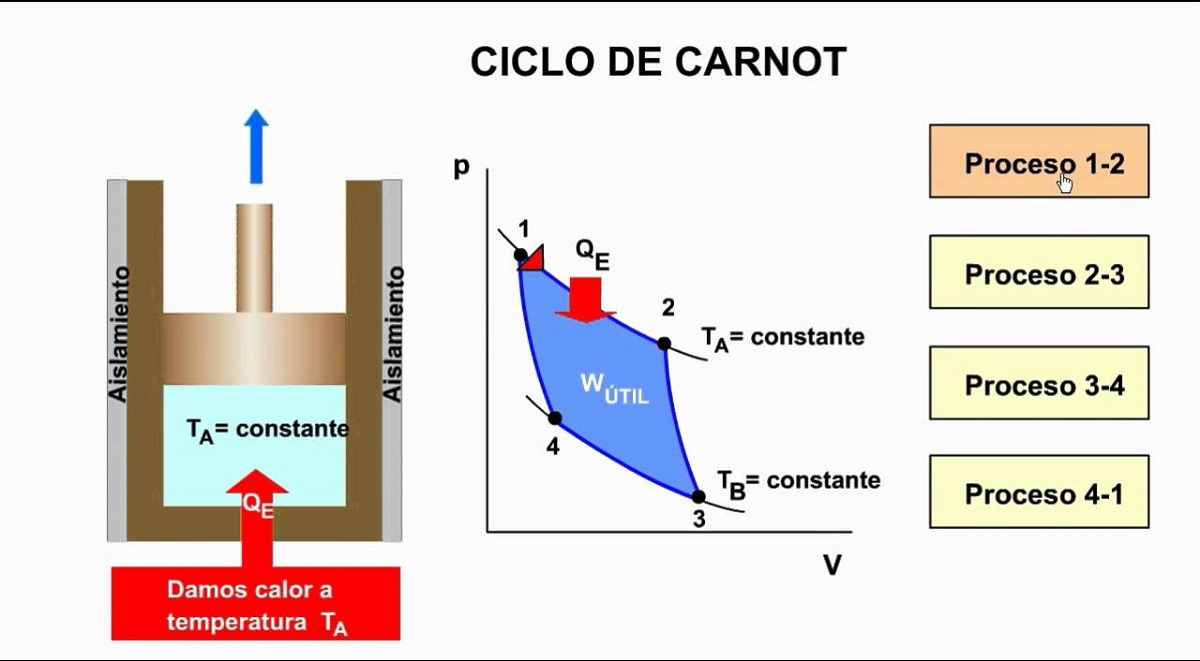
When we speak in physics and thermodynamics of the Carnot cycle we are referring to a sequence of processes that take place in a Carnot engine. It is an ideal device consisting of only a few reversible-type processes. This means that once these processes have taken place, the initial state can be resumed. This type of motor is considered in physics as an ideal motor and is used to plan the rest of the motors.
In this article we are going to tell you everything you need to know about the Carnot cycle and its main characteristics.
Key features
We are talking that this type of engine is considered as an ideal engine. This is so since it lacks the dissipation of energy, due to friction with the ground or air and any type of viscosity. All these characteristics or disadvantage arise in any real engine, since it is impossible to convert thermal energy into usable work by 100%. However, the Carnot heap can simulate all these conditions to be able to work better and make calculations in a simpler way.
When we buy an engine we do it starting from a substance that is capable of doing work. For example, the main substances used are gas, gasoline or steam. When these substances that are capable of doing work are subjected to various changes in both temperature and pressure, they generate some variations in their volume. In this way, a piston can be moved within a cylinder to have the motor.
What is the Carnot cycle?
This cycle occurs within a system called the Carnot engine. In this engine there is an ideal gas which is enclosed in a cylinder and which is provided with a piston. The piston is in contact with various sources that are at different temperatures. In this system there are some processes that we can see in the following steps:
- A certain amount of heat is supplied to the device. This amount of heat comes from the high temperature thermal reservoir.
- The motor performs work thanks to this heat that would be supplied
- Some of the heat is used and some is wasted. The waste is transferred to the thermal tank that is at a lower temperature.
Once we have seen all the processes, we are going to see what the stages of the Carnot cycle are. The analysis of these processes is carried out using a diagram in which pressure and volume are measured. The purpose of the engine can either be to keep tank number two cool by extracting heat from it. In this case we will be talking about a cooling machine. If, on the contrary, the objective is to transfer heat to the thermal reservoir a number one, then we will be talking about a heat pump.
If we analyze a pressure and volume diagram we see that changes in the pressure and temperature of the engine are shown under certain conditions that are the following:
- As long as the temperature is kept constant. Here we are talking about an isothermal process.
- No heat transfer. This is where we have thermal insulation.
Isothermal processes need to be connected to each other and this is achieved thanks to thermal insulation.
Stages of the Carnot cycle

At the starting point we can start with any part of the cycle in which the gas has certain conditions of pressure, volume and temperature. This and gas will undergo a series of processes that will lead it to return to the starting conditions. Once the gas had returned to its initial conditions, it was in perfect condition to start another cycle. These conditions are given as long as the internal energy at the end is the same as the internal energy at the beginning. This means that energy is conserved. We already know that energy is neither created nor destroyed, but only transformed.
The first stage of the Carnot cycle is based on an isothermal expansion. In this stage the system absorbs heat from the thermal reservoir 1 and undergoes an isothermal expansion. Hence, the volume of the gas increases and the pressure decreases. However, the temperature remains stable since when the gas expands it cools. Therefore, we know that its internal energy remains constant over time.
In the second stage we have a adiabatic expansion. Adiabatic means that the system does not gain or lose heat. This is achieved by placing the gas in heat insulation as indicated above. Therefore, in an adiabatic expansion the volume increases and the pressure decreases until it reaches its lowest value.
In the third stage we have an isothermal compression. Here we remove the insulation and the system comes into contact with thermal tank number 2, which will be at a lower temperature. Therefore, the system is responsible for transferring the waste heat that has not been used to this thermal tank. As the heat releases, the pressure begins to increase and the volume to decrease.
Finally, in the last stage of the Carnot cycle we have aadiabatic compression. Here we go back to a stage of thermal insulation by the system. The pressure increases the volume decreases until reaching the initial conditions again. Therefore, the cycle is ready to start again.
Limitations
As mentioned before, the Carnot's engine is idealized. This means that it has its limitations since real motors don't have that 100% efficiency. We know that two Carnot machines have the same efficiency if they both operate with the same thermal reservoirs. This statement means that I care about the substance we use, since the performance will be totally independent and cannot be raised.
The conclusion that we draw from the previous analysis is that the Carnot cycle is the top of the thermodynamic process that can be ideally reached. In other words, beyond that, there will be no engine with greater efficiency. We know that the fact of thermal insulation is never perfect and the adiabatic stages do not exist, since there is a heat exchange with the outside.
In the case of a car, the engine block heats up and on the other hand, the mixture of gasoline and air does not behave exactly, you communicate ideally. Not to mention some factors that cause a drastic reduction in performance.
I hope that with this information you can learn more about the Carnot cycle and its characteristics.

